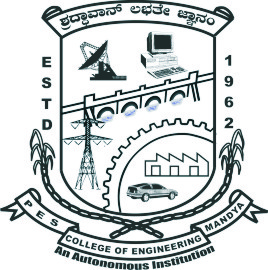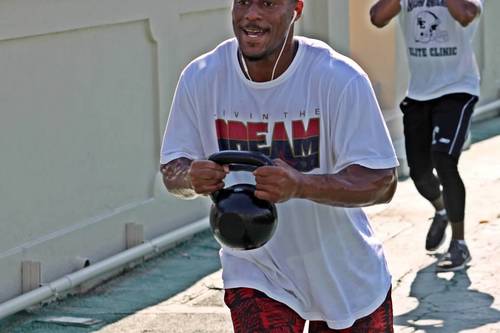presentation by louise asmal at the anti-apartheid solidarity conference - durban, 2004 the irish anti-apartheid movement (iaam) be
PRESENTATION BY LOUISE ASMAL
AT THE ANTI-APARTHEID SOLIDARITY
CONFERENCE - DURBAN, 2004
The Irish Anti-Apartheid Movement (IAAM) became, over the years, one
of the most successful movements – not in terms of the effect we had
on South Africa, though on the sporting field in particular we did
have an effect – but in terms of the enthusiastic support the Irish
people gave to the struggle, across all sections of society.
In the early 60’s, at the start of the solidarity struggle, very few
people in Ireland could have told you what apartheid was. Yet when the
Rivonia Trial started in 1964, there was an immediate response to the
plight of those involved.
The forced removal of people, the Group Areas, found an echo in Irish
colonial history, the Irish penal laws, and the forcible expulsion of
the native Irish by Oliver Cromwell. Lord Salisbury, PM of Britain in
1949? said Irish and Hottentots were “lesser races, unfit for
self-government.”
Gradually, the enormity of apartheid began to impinge on Irish
consciousness. The IAAM was small in numbers, but rich in the devoted
committee members who invaded our house every other Monday night for
pretty well 27 years, who planned the campaigns, organized
fund-raising events, stuffed leaflets into envelopes.
We got information from the ANC, English AAM, IDAF and the UN Centre
against Apartheid and we circulated it everywhere we could.
We had very little funding that we did not raise ourselves – and here
I should pay tribute to the many musicians who sang for us at
concerts, and often turned down lucrative offers to tour South Africa
as well. Poets like Seamus Heaney read for us, Sean O’Casey and Samuel
Beckett were among the first signatories of a list of playwrights who
refused to allow their plays to be performed in South Africa.
But of course it was the sports boycott which aroused the most passion
and the most controversy. (1969-’70 Springbok rugby tour – 8000).
In 1984 Mary Manning, a young trade unionist working in a supermarket
in Dublin, refused to register the sale of an Outspan grapefruit. She
and 10 others who supported her were suspended, and went on strike for
three and a half years. For those three and a half years we organized
a Saturday picket outside the store, but management refused to respond
to our letters and refused to meet us. In 1987 the Irish Government
imposed sanctions on South African fruit and produce.
It is difficult to estimate the exact effect our activities had on
South Africa. But I would strongly maintain that the benefits were far
from one-sided. We met extraordinary people – to give just one
example, OR Tambo, who came to Dublin in 1979 and spoke at a major
conference we organised to oppose European trade with South Africa –
“the lifeblood of apartheid” as OR had called it. And we can be proud
that that conference strengthened the links between the various
European solidarity movements.
But it was not just the extraordinary people, it was the extraordinary
nature of the whole struggle. It was the inspiration of the Freedom
Charter, the whole ethos of the African National Congress.
In a world which today seems more riven than ever before, we need to
return to the inspiration of our South African freedom struggle to
give us strength to continue to struggle for freedom and justice for
all.
I want to end with the words of a great Irish poet, Nobel Laureate,
long-time supporter of the IAAM, who when he was translating “The Cure
at Troy” by Euripides, was so moved by the release of our 1st
President, Nelson Mandela, that he inserted a few additional verses to
celebrate the settlement in South Africa:
History says, don’t hope
On this side of the grave.
But then, once in a lifetime,
The longed-for tidal wave
Of Justice can rise up,
And hope and history rhyme.
So hope for a great sea change
On the far side of revenge.
Believe that a further shore
Is reachable from here.
Believe in miracles
And cures and healing wells.
We need to celebrate great achievements. We need our dreams of a
future world free of wars and poverty.
I hope this conference contributes to the realisation of those dreams.
2
 PH 08232220043 EXT 289 FAX 08232222075 EMAILPESCETEQIPCELLGMAILCOM PES COLLEGE
PH 08232220043 EXT 289 FAX 08232222075 EMAILPESCETEQIPCELLGMAILCOM PES COLLEGE 0 PALANGOS MIESTO SAVIVALDYBĖS ADMINISTRACIJOS DIREKTORIUS ĮSAKYMAS DĖL PALANGOS
0 PALANGOS MIESTO SAVIVALDYBĖS ADMINISTRACIJOS DIREKTORIUS ĮSAKYMAS DĖL PALANGOS ŠTEVILKA 43042018 DATUM 4 10 2018 DOKUMENTACIJA V
ŠTEVILKA 43042018 DATUM 4 10 2018 DOKUMENTACIJA V DEVELOP AN ACTION PLAN AND LOGIC MODEL DEVELOPING AN
DEVELOP AN ACTION PLAN AND LOGIC MODEL DEVELOPING AN LEESVILLE ROAD MIDDLE SCHOOL FOOTBALL WANT TO GET
LEESVILLE ROAD MIDDLE SCHOOL FOOTBALL WANT TO GET LIVE ASSESSMENT MATERIAL SET ASSIGNMENT 1 OCR LEVEL 12
LIVE ASSESSMENT MATERIAL SET ASSIGNMENT 1 OCR LEVEL 12 NOTA DE PRENSA PRESS RELEASE LOS PRIMEROS ALUMNOS DE
NOTA DE PRENSA PRESS RELEASE LOS PRIMEROS ALUMNOS DE NAMESOLUTIONS CHEM 1B SPRING 2007 3RD MIDTERM 1) (35
NAMESOLUTIONS CHEM 1B SPRING 2007 3RD MIDTERM 1) (35